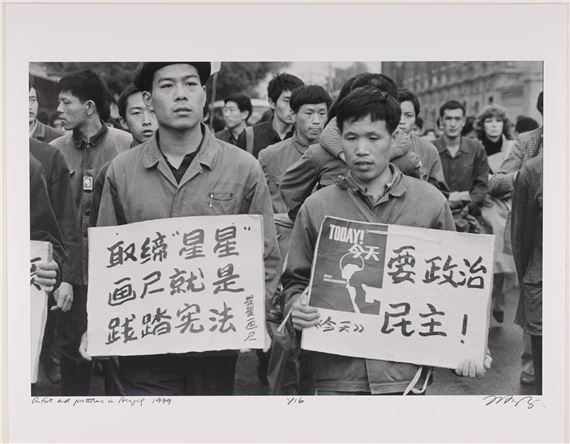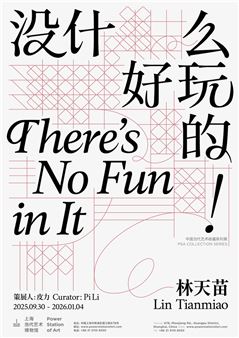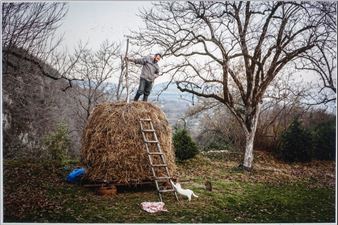Power and Performance: Impressions of Chinese Secular and Religious Art and Customs
This presentation of works from the museumвҖҷs Chinese collection explores the issues of power and performance in four sections: politics, textile, religion, and funeral art, along with a recently acquired Twenty-Four Seasons scroll by renowned contemporary artist Qiu Zhijie that draws connections across cultural and historical boundaries. The exhibition presents objects symbolizing political and religious power, such as textiles, bronze vessels, funerary art, and calligraphy from the imperial period, Republican times (1912-1949), and the People's Republic of China (1949-present). Highlights are a Han-dynasty (206 BCE-220 CE) funerary figurine once adorned with silk clothing, a late Qing-dynasty (1644вҖҗ1912) womanвҖҷs court robe, a calligraphic inscription by Emperor Yongzheng (1678-1735, reigned 1722-1735), and a rare ceremonial outfit from the brief revival of imperial power during the early republic. Propaganda posters and woodblock prints celebrate revolutionary performances, contrasted by impressions of people's reality in the works of Hung Liu (1948-2021), Ma Han (born 1968), and other contemporary artists.
This exhibition was co-curated by Professor Ina Asim (Department of History), Professor Mariachiara Gasparini (Department of the History of Art and Architecture), and Dr. Yan Geng (Curator of Contemporary and Traditional Chinese Art) at the University of Oregon.

Recommended for you
This presentation of works from the museumвҖҷs Chinese collection explores the issues of power and performance in four sections: politics, textile, religion, and funeral art, along with a recently acquired Twenty-Four Seasons scroll by renowned contemporary artist Qiu Zhijie that draws connections across cultural and historical boundaries. The exhibition presents objects symbolizing political and religious power, such as textiles, bronze vessels, funerary art, and calligraphy from the imperial period, Republican times (1912-1949), and the People's Republic of China (1949-present). Highlights are a Han-dynasty (206 BCE-220 CE) funerary figurine once adorned with silk clothing, a late Qing-dynasty (1644вҖҗ1912) womanвҖҷs court robe, a calligraphic inscription by Emperor Yongzheng (1678-1735, reigned 1722-1735), and a rare ceremonial outfit from the brief revival of imperial power during the early republic. Propaganda posters and woodblock prints celebrate revolutionary performances, contrasted by impressions of people's reality in the works of Hung Liu (1948-2021), Ma Han (born 1968), and other contemporary artists.
This exhibition was co-curated by Professor Ina Asim (Department of History), Professor Mariachiara Gasparini (Department of the History of Art and Architecture), and Dr. Yan Geng (Curator of Contemporary and Traditional Chinese Art) at the University of Oregon.

 ARTISTS
ARTISTS















